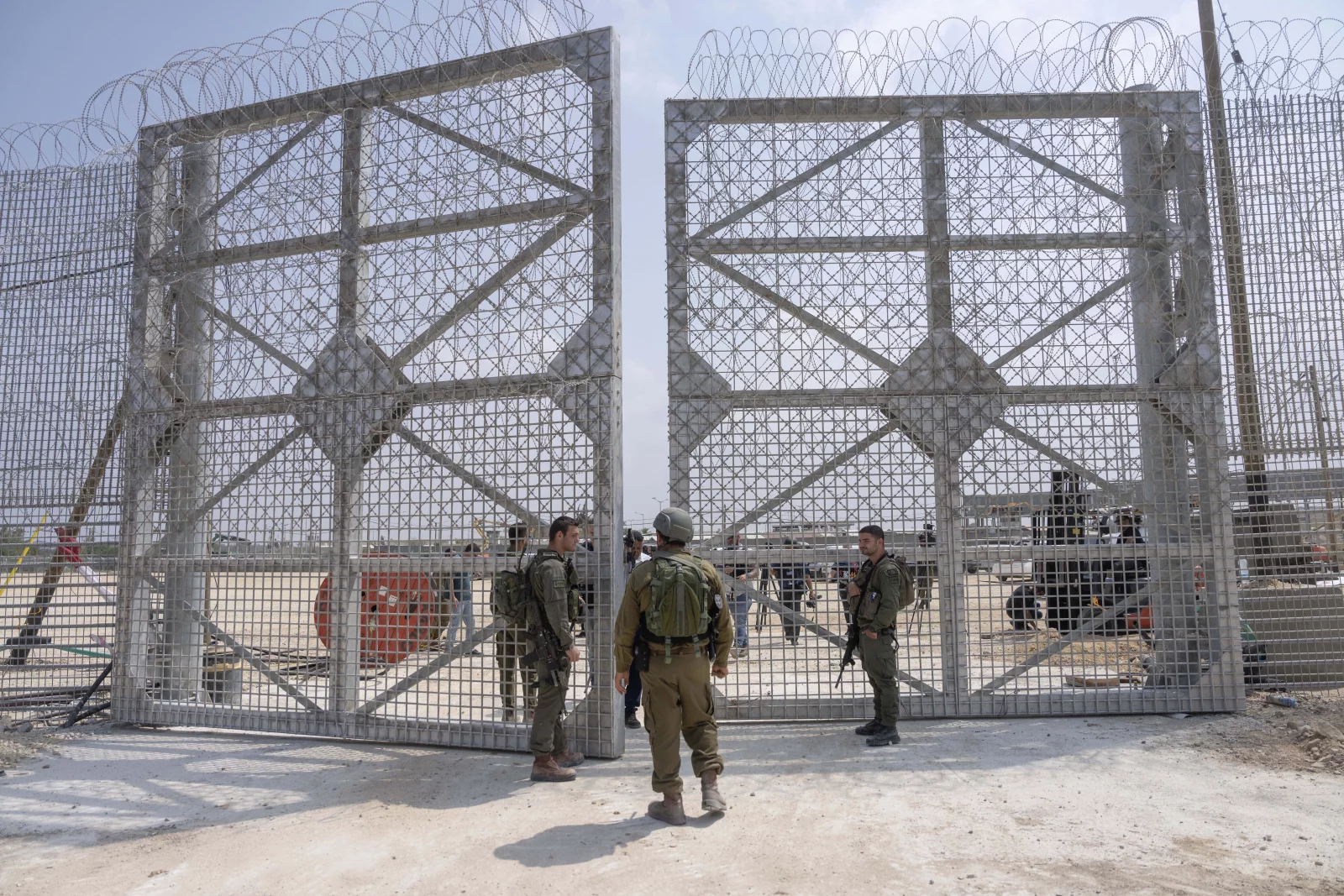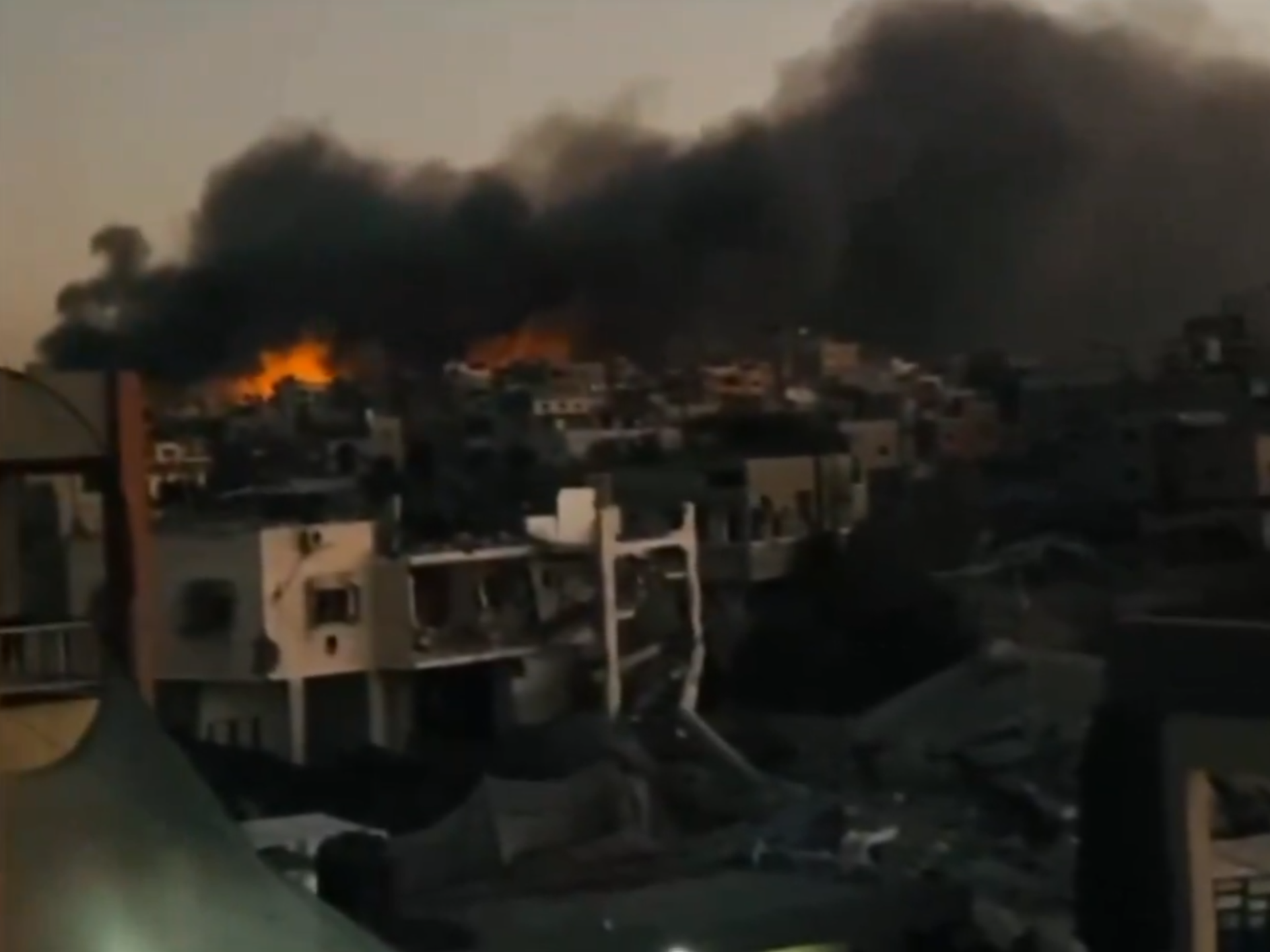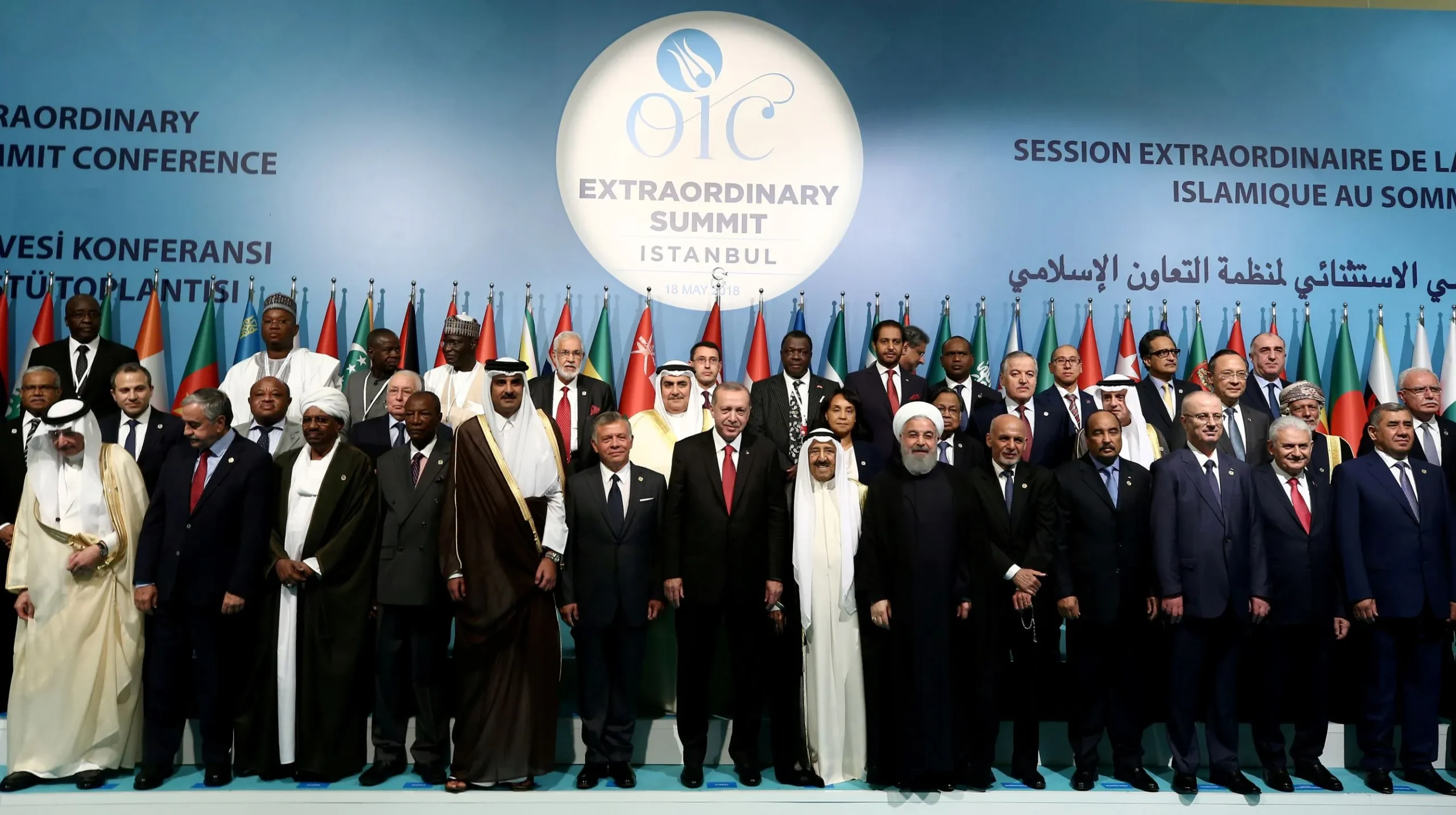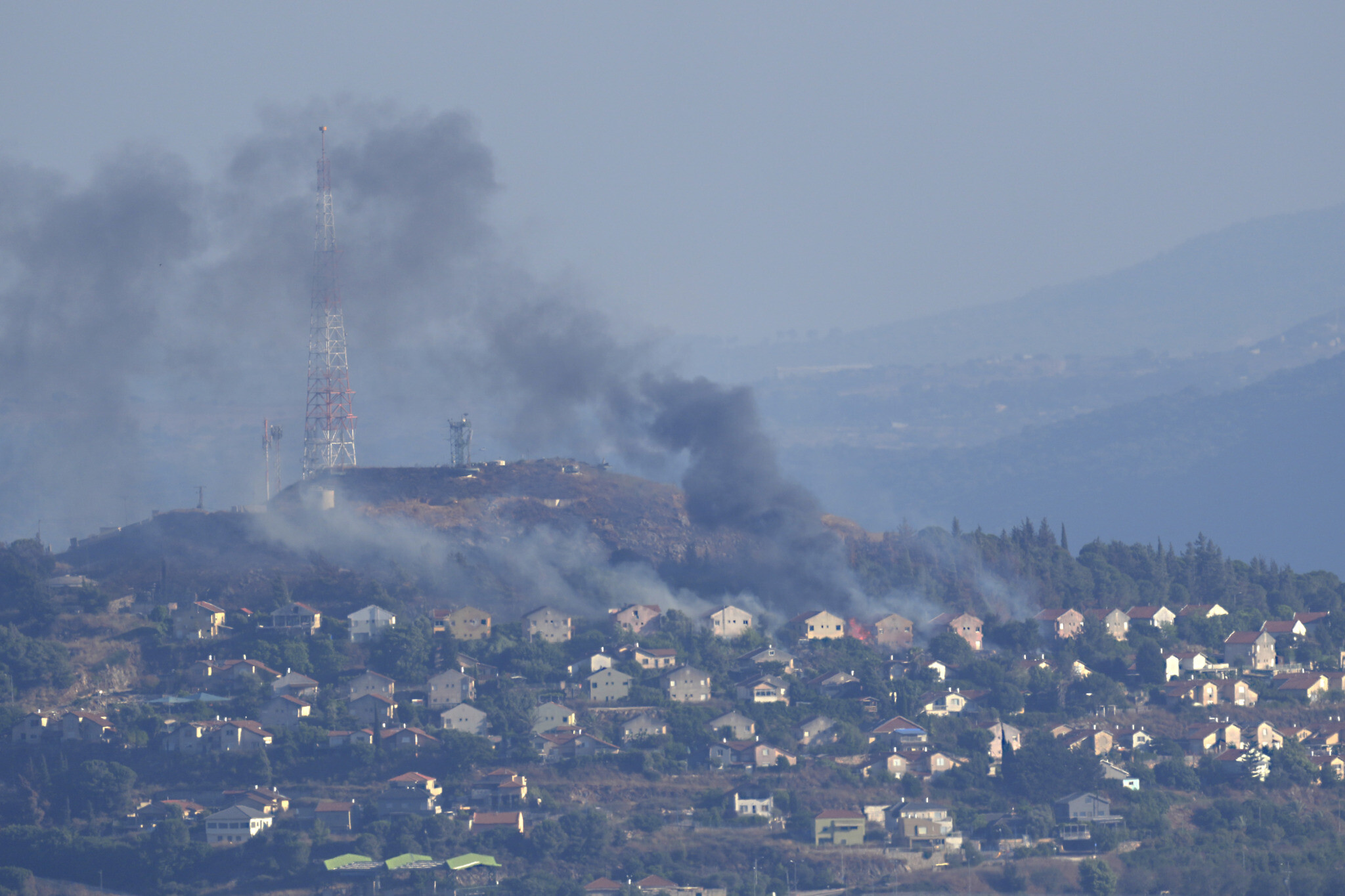The Real Reason Israel is Emptying N. Gaza
By Ali Khan
The ongoing conflict in Gaza has escalated to new levels of intensity with the implementation of the so-called General’s Plan, aimed at annexing the northern Gaza Strip. This plan, attributed to retired Zionist generals and presented to Prime Minister Benjamin Netanyahu, is a chilling reflection of the Zionist occupation’s long-term strategy. It reveals not only a desire to subjugate Gaza militarily but also to secure economic and geopolitical dominance in the region [1][2].
Northern Gaza: A Crucial Target
The importance of northern Gaza is evident in the Zionist occupation’s focus on this area. Home to approximately 350,000 civilians, it is densely populated, representing both a humanitarian crisis and a strategic asset for any military campaign [3]. For the Zionist occupation, controlling northern Gaza offers multiple benefits, not only militarily but also economically and politically [4].
Military Control and Population Displacement
The General’s Plan, as per reports, seeks to force civilians in northern Gaza to flee southwards, leaving behind a largely depopulated area [5]. This would allow Zionist forces to declare it a military zone, with anyone who remains labelled as a combatant and subjected to lethal force [6]. The tactic here is clear: create a humanitarian catastrophe that leaves civilians with no choice but to flee or die [7]. This method of warfare, which leverages starvation and deprivation as weapons, is not new and has been used in other conflict zones [8].
Examples of such tactics can be seen in modern warfare, such as during the siege of Aleppo in Syria, where similar strategies of enforced evacuation and starvation were deployed to displace populations [9]. The Geneva Conventions, to which Israel is a signatory, prohibit such methods under international humanitarian law, particularly in Article 54, which outlaws starvation as a method of warfare [10].
The Ben-Gurion Canal: Economic and Geopolitical Aspirations
The idea of the Ben-Gurion Canal dates back several decades and is tied to Israel’s longstanding strategic and economic ambitions [11]. The concept is often associated with David Ben-Gurion, Israel’s first prime minister, although it is unclear whether he directly proposed the idea. However, the canal project has been discussed intermittently in Israeli strategic circles since the 1960s and 1970s, especially after the 1967 Six-Day War [12].
One of the most critical aspects of the General’s Plan is the alleged aim of constructing the Ben-Gurion Canal. This canal, envisioned as an alternative to Egypt’s Suez Canal, would allow Israel to dominate one of the most important shipping routes in the world [13]. The Suez Canal, which currently handles 12% of global trade, is vital for the transportation of goods between Europe, Asia, and the Middle East [14].
The Ben-Gurion Canal project is more than just an economic or infrastructural ambition. It represents a key pillar of the Zionist occupation’s long-term strategy to reshape the geopolitical landscape of the Middle East [15]. By annexing northern Gaza and creating a militarised zone, Israel aims to secure the land necessary for the canal’s construction, which in turn would grant it unprecedented control over global trade routes [16].
However, the realisation of this project would come at a great cost: the displacement of tens of thousands of civilians and the further destabilisation of an already volatile region [17]. While the economic and geopolitical benefits of the canal are clear, the human consequences should make it a deeply contentious project [18].
The canal’s construction, however, can only proceed once northern Gaza is fully annexed and turned into a militarised zone [19]. This explains why the area is being targeted with such ferocity, as it represents not just a military conquest but a larger economic vision [20]. Control of the canal would position Israel as a major economic power, capable of influencing global trade routes. This strategic calculus mirrors past examples of major powers exerting control over shipping lanes for economic gain, such as the U.S. control of the Panama Canal [21].
Expanding the Conflict: South Lebanon and the West Bank
The General’s Plan does not stop at Gaza. Reports indicate that similar strategies are being considered for south Lebanon and the West Bank [22]. The Zionist occupation has long aimed to extend its territorial control beyond its current borders, and northern Gaza could be the first step in a broader regional campaign [23]. The plan to militarily occupy parts of south Lebanon and displace its inhabitants echoes the long history of Israeli intervention in Lebanon, including the devastating 1982 Lebanon War [24].
Further expansion into the West Bank would complete this vision, with the forced displacement of Palestinians into Jordan [25]. This would mark a major step in the realisation of the Greater Israel project, an ideological framework that envisions Israeli control over large swaths of territory from the Mediterranean Sea to the Jordan River [26]. Jordan, already home to millions of Palestinian refugees, would face immense social and political strain from such a scenario, destabilising the region further [27].
The Role of Resistance and International Solidarity
As the Zionist occupation continues to pursue its aggressive goals, the people of Gaza remain steadfast in their refusal to leave their homes [28]. The resistance of the 350,000 civilians in northern Gaza is a testament to the Palestinian people’s enduring struggle against occupation [29]. Their refusal to surrender underscores the centrality of Gaza, not just as a piece of land, but as a symbol of resistance and resilience [30].
Northern Gaza is more than just a battleground; it is a key piece in the Zionist occupation’s broader plans for economic and territorial dominance [31]. From the potential construction of the Ben-Gurion Canal to the planned displacement of civilians, the General’s Plan highlights a ruthless strategy that prioritises economic gain and regional control over humanitarian considerations [32]. However, the resistance of the people of Gaza, coupled with international awareness and action, can challenge these ambitions [33]. History has shown that oppressive regimes and expansionist projects often meet their demise at the height of their arrogance [34].
References:
• Associated Press. (2023). Details of the General’s Plan in Gaza.
• Middle East Eye. (2023). General’s Plan and Military Strategies in Gaza.
• The Guardian. (2023). Humanitarian Impact of Military Actions in Gaza.
• Amnesty International. (2023). Human Rights Violations in Gaza’s Northern Region.
• Middle East Monitor. (2023). Gaza Under Siege: The General’s Plan Explained.
• Al Jazeera. (2023). Israel’s Strategic Aims in Northern Gaza.
• Human Rights Watch. (2023). Military Tactics and Civilian Displacement in Gaza.
• The National. (2023). International Responses to Gaza’s Humanitarian Crisis.
• BBC News. (2023). Historical Precedents: Siege of Aleppo and Gaza.
• International Committee of the Red Cross. (1949). Geneva Convention Relative to the Protection of Civilian Persons in Time of War.
• Palestine Chronicle. (2023). The Ben-Gurion Canal and its Regional Implications.
• Middle East Monitor. (2023). Strategic Importance of the Ben-Gurion Canal.
• Reuters. (2023). Global Trade and the Suez Canal’s Role.
• Al Jazeera. (2023). Economic Implications of the Ben-Gurion Canal.
• BBC News. (2023). Geopolitical Consequences of Israel’s Canal Plans.
• The National. (2023). Israel’s Economic Strategy and Infrastructure Development.
• Amnesty International. (2023). Humanitarian Concerns and Forced Displacement in Gaza.
• Human Rights Watch. (2023). Civilian Impact of the Ben-Gurion Canal Project.
• Middle East Monitor. (2023). Militarisation and Annexation of Northern Gaza.
• The Guardian. (2023). Israeli Expansionism and Economic Ambitions.
• Middle East Eye. (2023). Global Shipping Lanes and Economic Control.
• Reuters. (2023). Israeli Strategies in South Lebanon.
• Al Jazeera. (2023). Lebanon and Israeli Military Expansion.
• The Guardian. (2023). History of Israeli Intervention in Lebanon.
• Amnesty International. (2023). Displacement and Regional Stability in the West Bank.
• Human Rights Watch. (2023). Greater Israel Project: Ideology and Implications.
• The National. (2023). Jordan’s Response to Palestinian Displacement.
• Palestine Chronicle. (2023). Civilian Resistance in Gaza.
• Middle East Eye. (2023). Palestinian Struggles Amid Military Occupation.
• Reuters. (2023). Humanitarian Efforts and Civilian Resistance in Gaza.
• The Guardian. (2023). Economic and Territorial Control in Gaza.
• BBC News. (2023). Israel’s Expansionist Plans and Humanitarian Issues.
• Middle East Monitor. (2023). Global Awareness and Palestinian Resistance.
• The National. (2023). Historical Downfall of Oppressive Regimes.







Leave a Reply